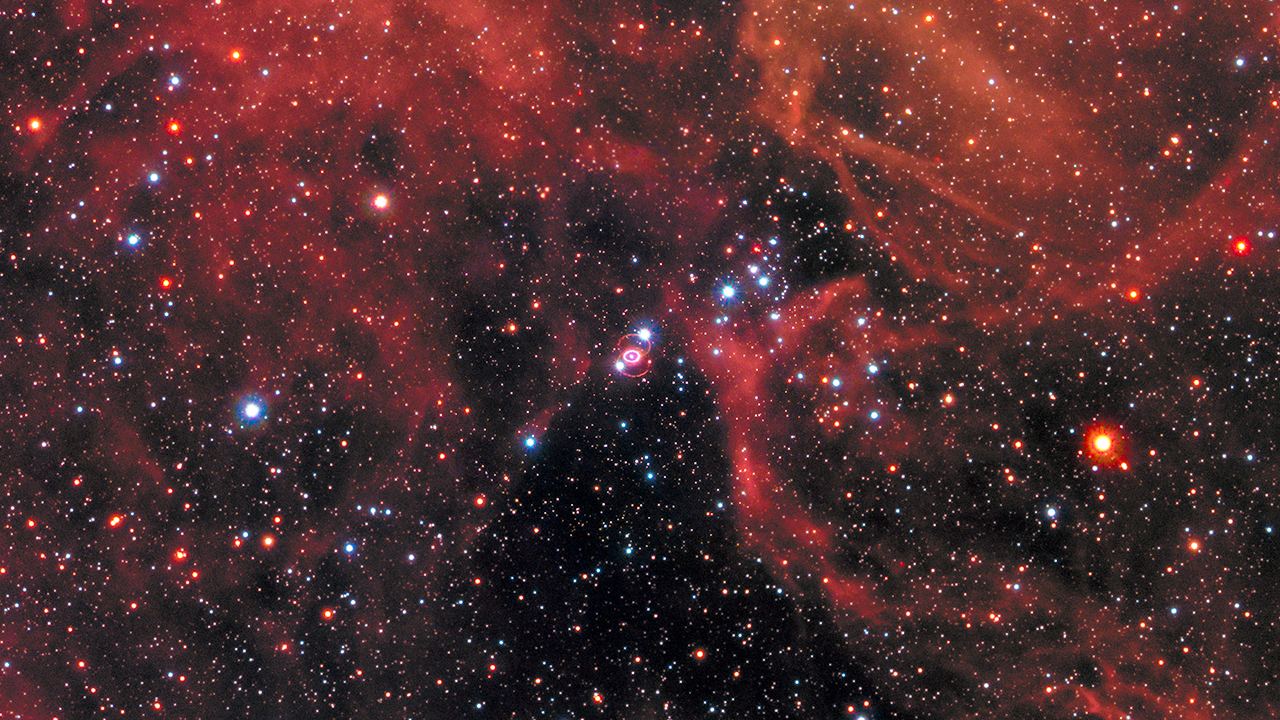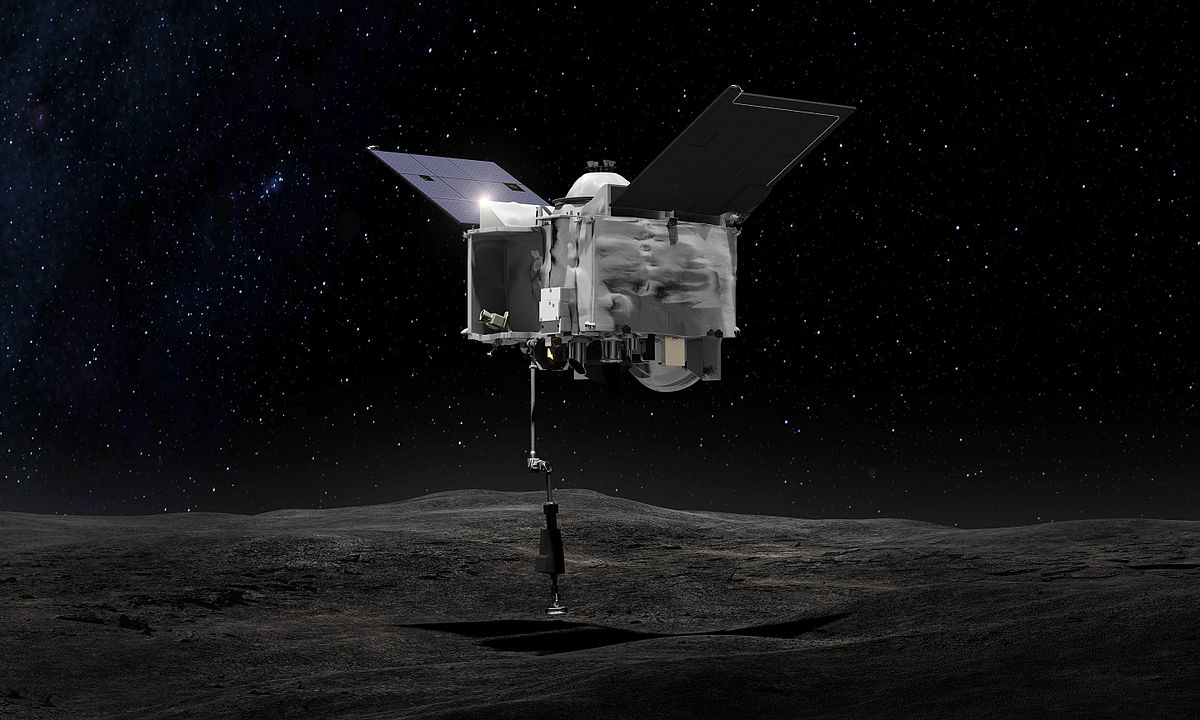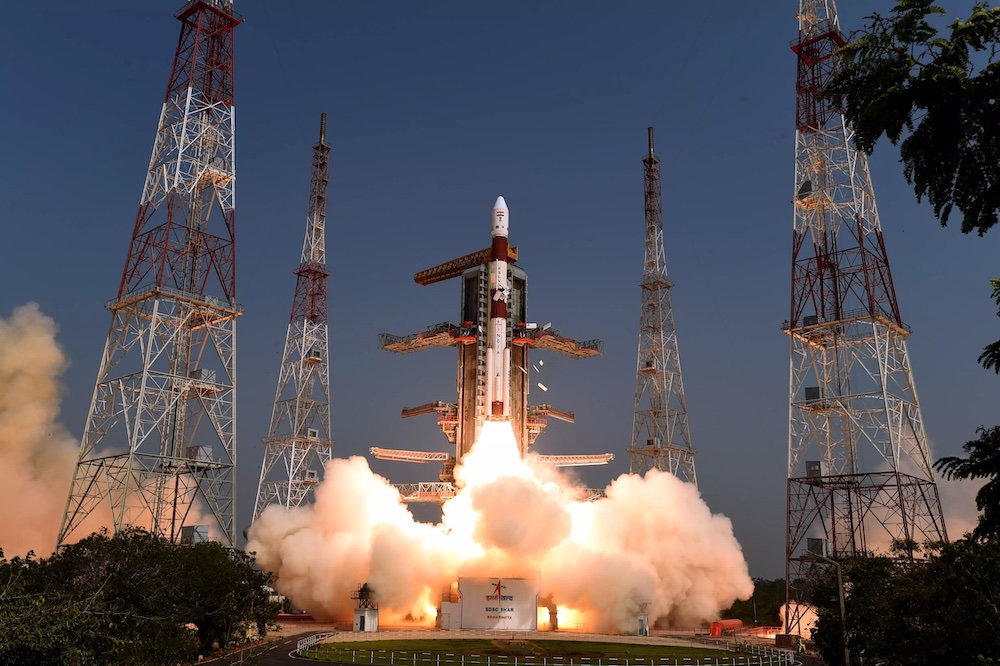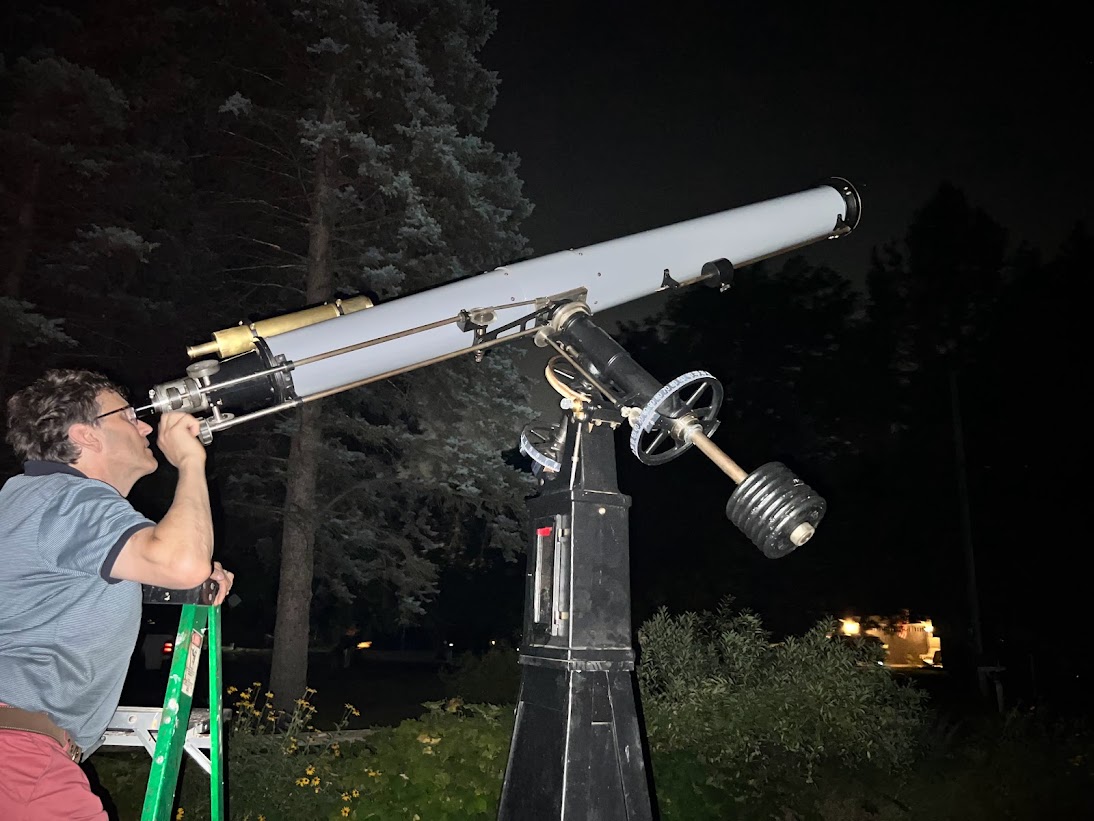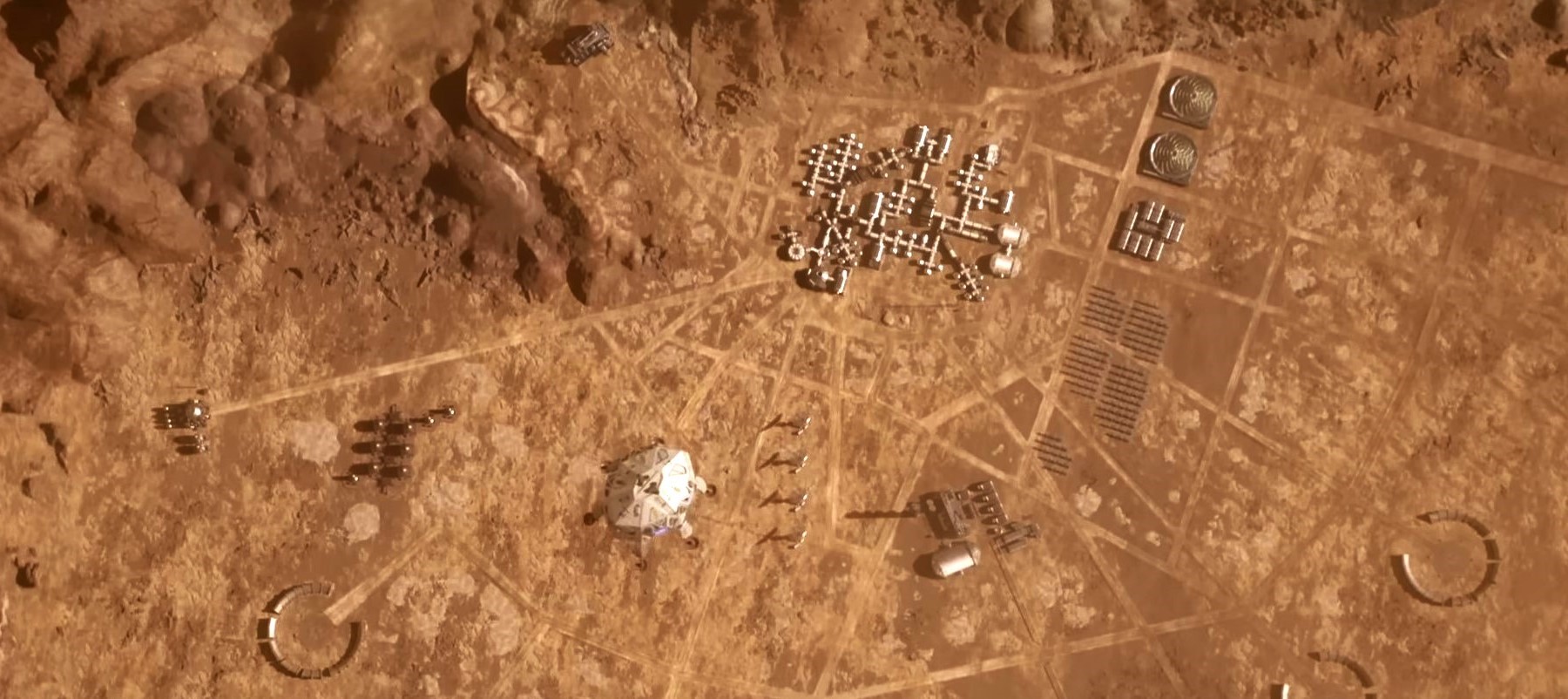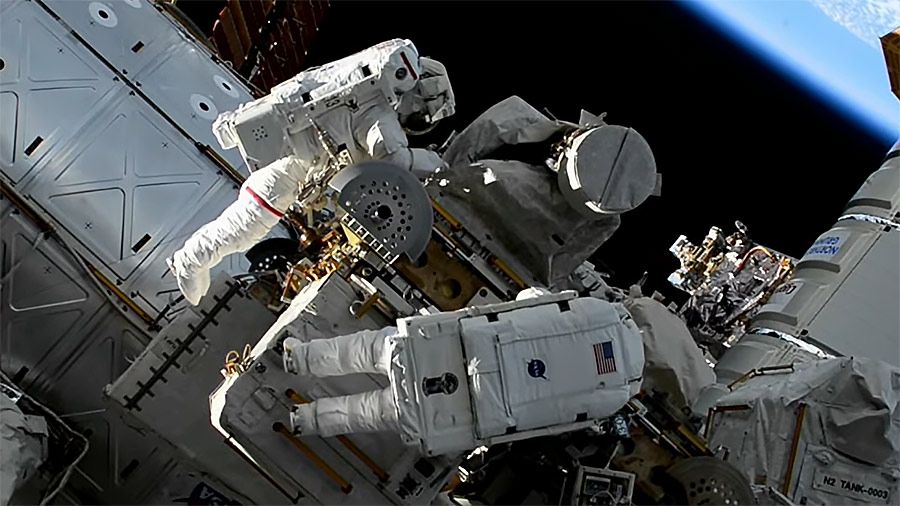A recent study published in Frontiers in Physiology examines how vibrating wearable devices, known as vibrotactors, can be used to help astronauts cope with spatial disorientation when in space, which results from the lack of gravitational cues, or natural sensory perceptions, they are accustomed to using when on Earth and despite the rigorous training the astronauts undergo to combat the symptoms of spatial disorientation. This study was conducted by a team of researchers at Brandeis University and holds the potential to help develop more efficient methods to combat spatial disorientation, especially with long-term missions to the Moon, and even Mars.
Continue reading “Astronauts Could Wear a Device to Prevent Disorientation in Space”Astronauts Could Wear a Device to Prevent Disorientation in Space



